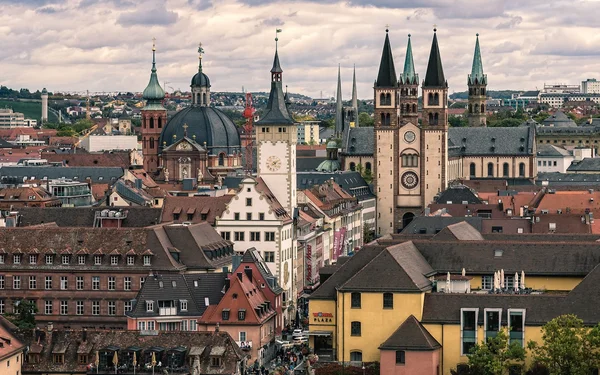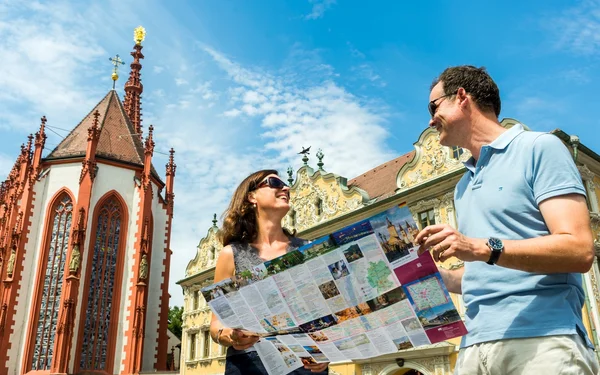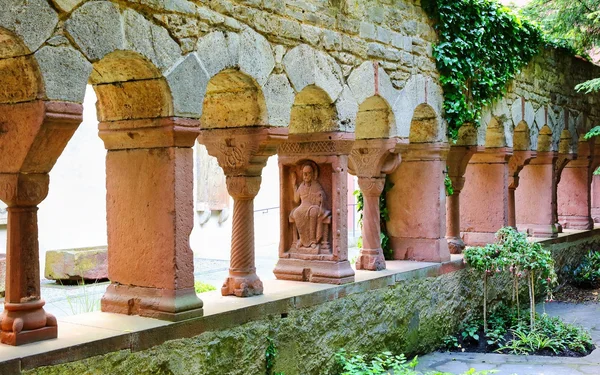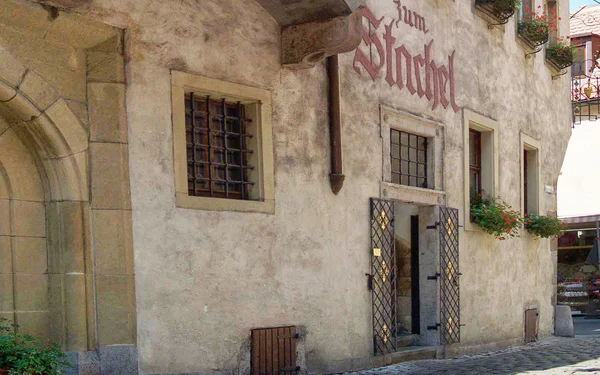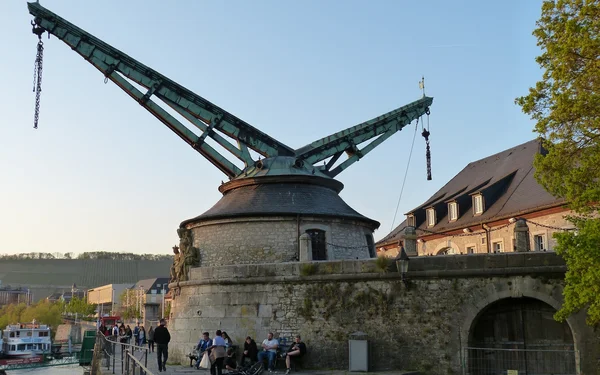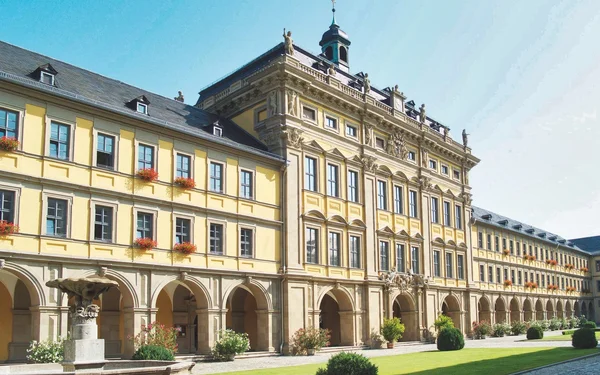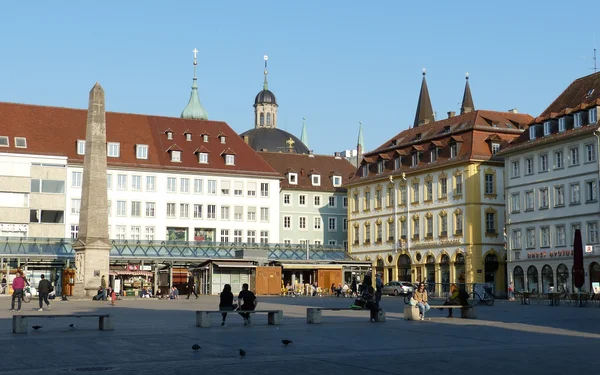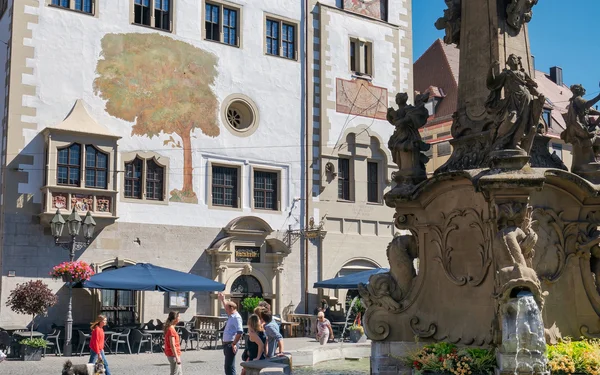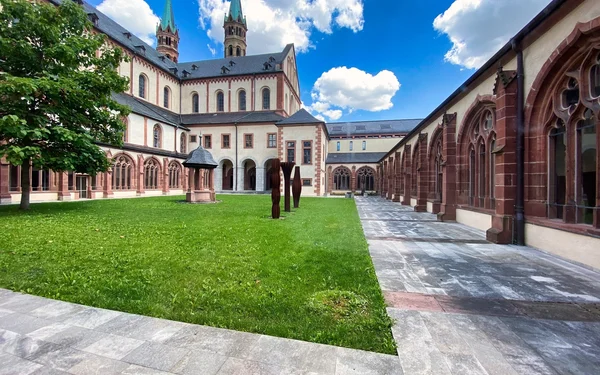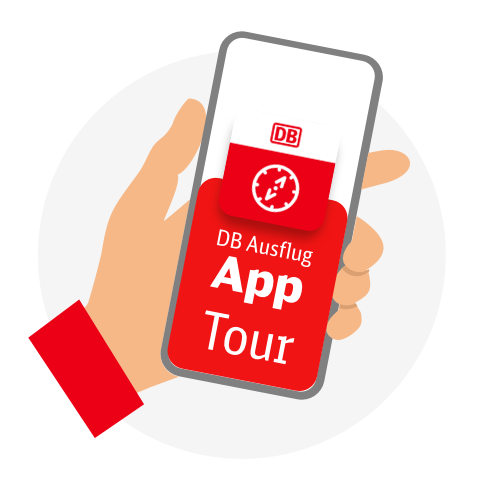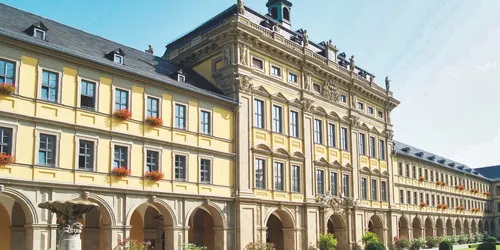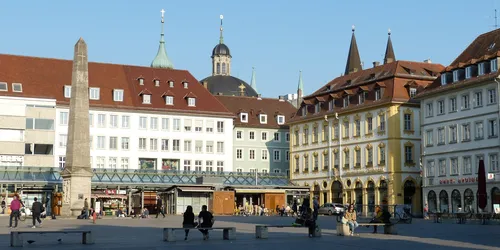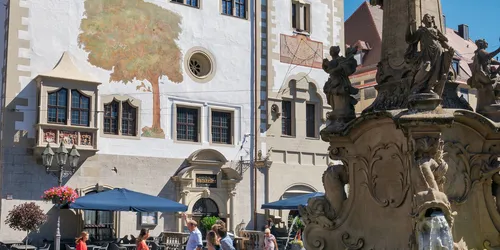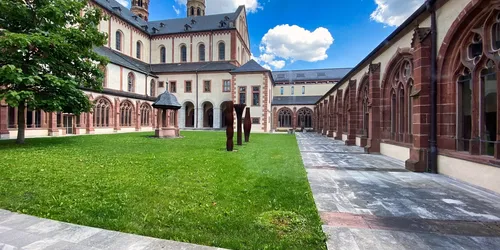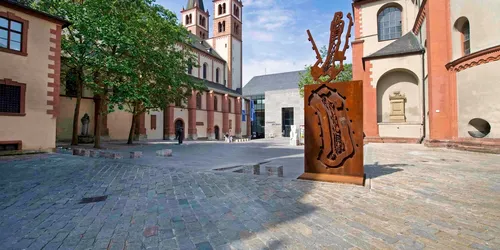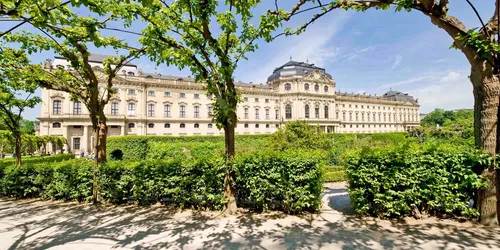Magnificent architecture and charitable wine in Würzburg
Attention culture lovers and connoisseurs! This city walk takes you past the architectural and historical highlights of the Franconian wine capital of Würzburg.
Würzburg
2 h
4 km
Würzburg is surrounded by vineyards and dominated by the Marienberg fortress. In this pretty Franconian university town, you will inevitably stumble across an important building or an invitation to savour culinary delights every few steps.
The former prince-bishop's residence has been a UNESCO World Heritage Site since 1981. Balthasar Neumann created this "palace above all palaces", whose famous staircase with the world's largest ceiling fresco adorned the last DM 50 note.
This barrier-free tour selects some of Würzburg's many architectural and historical highlights for you and also reveals how you can enjoy Franconian wine at the city's major wineries and do some good at the same time.
A city tour for culture lovers and connoisseurs
Start and end station
Start station
Würzburg Hauptbahnhof
5 tour steps
4 km / 2 Stunden
End station
Würzburg Hauptbahnhof
Our tip: Please make sure to check your train connection and the expected capacity before you start your journey.
Schedule
Tour starts on Würzburg Hauptbahnhof
Direction
Beautiful Würzburg greets you as soon as you arrive at the main railway station with its pretty green spaces and the Kilian Fountain. Kilian, the Apostle of Franconia, is turned towards the city in blessing. You follow his blessing and cross the Röntgenring. The wide pedestrian zone of Kaiserstraße begins straight ahead. After 300 metres, turn right at Barbarossaplatz into Juliuspromenade. Another 100 metres further on, you slip through the archway on the right and reach the impressive inner courtyard of the Julius Hospital.
Juliuspromenade 19
97070
Würzburg
Direction
Marktplatz
97070
Würzburg
Direction
Beim Grafeneckart 1
97070
Würzburg
Direction
Domstraße 40
97070
Würzburg
Direction
Residenzplatz 2
97070
Würzburg
